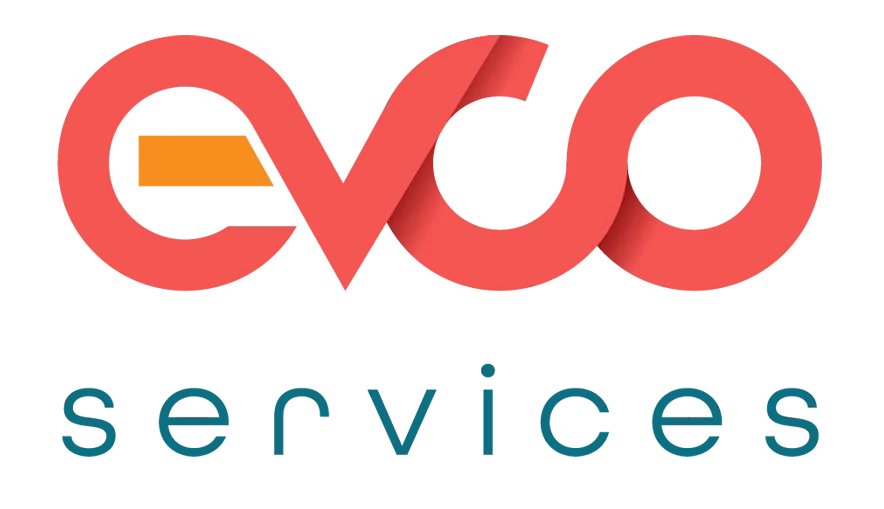Publish Date:5/1/25

How to Migrate to the Cloud Without Disrupting Your Business Operations
Cloud migration is a pivotal step for modern businesses seeking scalability, flexibility, and enhanced performance. However, the process of transitioning from on-premises systems to the cloud can seem daunting, particularly when continuity is crucial. The key to a successful migration lies in careful planning and execution to ensure minimal disruption to business operations.
This guide walks you through the essential steps of cloud migration, common pitfalls to avoid, and how Managed Service Providers (MSPs) like EVCO can streamline the process for your business.
Why Migrate to the Cloud?
Cloud solutions offer numerous advantages, including reduced infrastructure costs, enhanced collaboration, and greater accessibility. Businesses can scale resources up or down based on demand, improve disaster recovery capabilities, and enable remote work with ease.
However, without a strategic approach, the migration process can result in downtime, data loss, or compatibility issues, making proper planning essential.
Step 1: Define Your Objectives
Every business has unique needs, and understanding why you’re migrating to the cloud is critical. Are you seeking better scalability, improved security, or cost savings? Identifying clear objectives will help guide the migration process and measure its success.
Actionable Tip:Involve key stakeholders to outline business goals, technical requirements, and potential challenges from the outset.
Step 2: Assess Your Current Infrastructure
Conducting a thorough assessment of your existing systems is crucial. This involves identifying which applications, data, and workloads are suitable for the cloud and which might need to remain on-premises or be restructured.
Actionable Tip:Use tools or MSP expertise to map dependencies between applications and minimise compatibility issues during the migration.
Step 3: Choose the Right Cloud Solution
With various cloud models—public, private, and hybrid—available, it’s important to choose one that aligns with your business needs. Public clouds offer scalability and cost-effectiveness, private clouds ensure greater control and security, while hybrid solutions combine the best of both worlds.
Actionable Tip:Consider compliance requirements, budget constraints, and future scalability when selecting your cloud provider.
Step 4: Develop a Migration Strategy
A phased migration strategy minimises risks and downtime. Instead of moving all systems at once, prioritise less critical workloads for initial migration to test the process and refine your approach.
Actionable Tip:Use a lift-and-shift strategy for simple applications or refactor and optimise workloads to maximise cloud performance where necessary.
Step 5: Secure Your Data
Security is a top priority during cloud migration. Ensuring that data is encrypted, backed up, and transferred securely protects against breaches and data loss.
Actionable Tip:Work with your cloud provider or MSP to establish robust security protocols during the migration process.
Step 6: Train Your Team
The success of cloud migration often depends on how well employees adapt to new systems. Ensuring that your team understands how to use cloud tools and follow security best practices is vital.
Actionable Tip:Offer hands-on training sessions and provide accessible resources to help employees transition seamlessly.
Step 7: Test and Optimise
Once your workloads are migrated, thorough testing ensures that everything is functioning as intended. Validate data integrity, application performance, and user access to avoid surprises.
Actionable Tip:Continuously monitor cloud systems and optimise them for performance, cost, and security over time.
Common Pitfalls to Avoid
- Skipping the Planning Phase: Rushing into migration without a detailed plan often leads to delays and unexpected costs.
- Underestimating Costs: While cloud solutions can be cost-effective, improper management or overlooked costs can lead to budget overruns.
- Neglecting Security: Failing to prioritise security during migration can result in vulnerabilities.
- Insufficient Testing: Skipping post-migration testing risks application downtime or performance issues.
How MSPs Simplify Cloud Migration
Partnering with an MSP like EVCO can alleviate the complexities of cloud migration. With extensive experience and technical expertise, MSPs handle every aspect of the process, from planning and execution to ongoing support.
What EVCO Offers:
- Tailored Solutions: We design cloud strategies aligned with your business goals.
- End-to-End Management: From initial assessments to post-migration optimisation, we handle the entire process.
- Proactive Support: Our team ensures minimal downtime and a smooth transition for your team.
- Enhanced Security: We implement advanced security measures to protect your data during and after migration.
Final Thoughts
Migrating to the cloud is a transformative move for businesses, unlocking new opportunities and efficiencies. By following a structured approach and partnering with a trusted MSP, you can navigate the migration process seamlessly while keeping your operations running smoothly.
At EVCO, we’re committed to helping businesses embrace the cloud with confidence. Ready to make the move? Visit https://evco.ltd to learn how we can support your cloud migration journey.
#CloudMigration #BusinessContinuity #DataSecurity #ManagedServices






